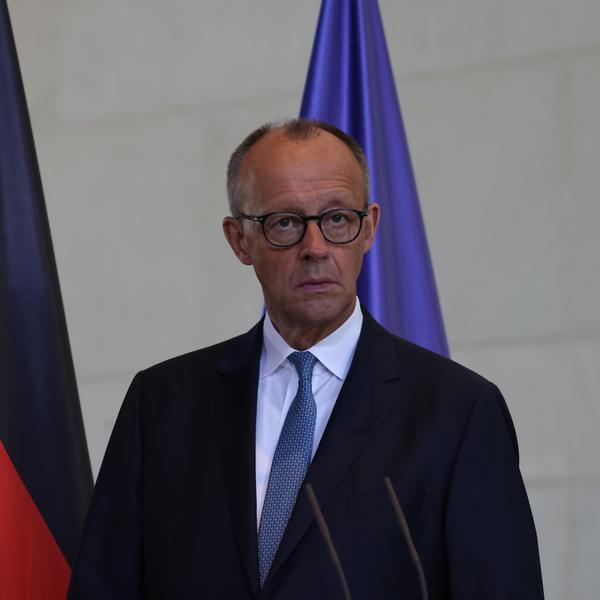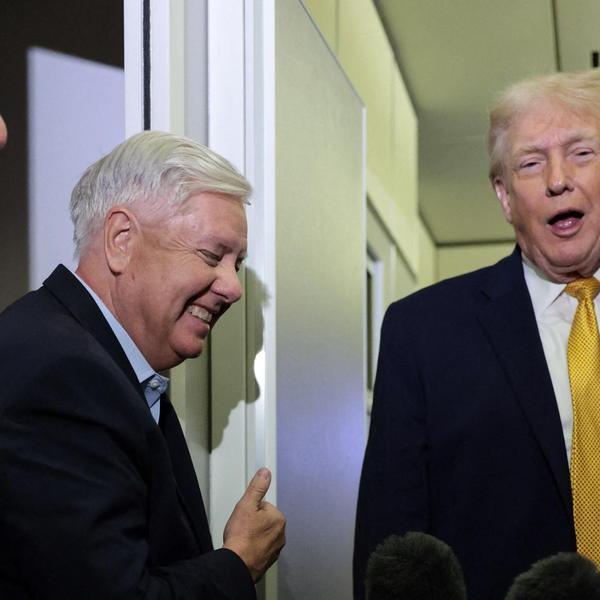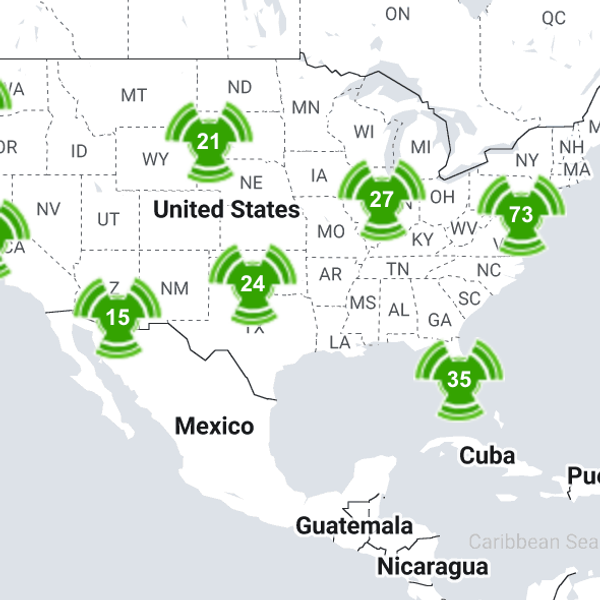This week Volodymyr Zelenskyy, the President of Ukraine, arrived in Washington, D.C. to, amongst other things, make the case for why President Biden and the U.S. Congress should provide tens-of-billions of dollars in additional assistance for Ukraine, as it continues to defend itself from Russia’s illegal invasion.
In an impassioned speech before a joint session of Congress, Zelensky thanked the United States for its support of Ukraine and made the case for even more assistance. “We have artillery, yes, thank you. But what we have, it isn't enough, honestly.”
On Friday, the House answered Zelensky’s plea by passing the omnibus spending bill (largely along party lines) that will fund the federal government for the remainder of fiscal year 2023, and includes $45 billion in emergency assistance to Ukraine. The Senate already approved the measure and the president signed it shortly thereafter.
As Responsible Statecraft and others have pointed out, the United States has already allocated $68 billion to Ukraine, so this $45 billion would push total U.S. spending on Ukraine since the war broke out to approximately $113 billion.
There are a variety of measures that can help to put this remarkable amount of U.S. taxpayer money into context. For starters, it’s more aid than the United States has supplied to any country in one year since at least the Vietnam War. It’s also far more than the $84 billion Russia is expected to spend on its military in 2023. In fact, U.S. assistance to Ukraine is more than every country in the world spends on its military, save for the United States and China. The $113 billion is also nearly as much as the omnibus bill allocates for baseline spending at the State Department and the Department of Homeland Security combined, and it’s almost as much as the $118.7 billion the United States will spend on medical care for all U.S. military veterans.
Given that the omnibus bill funds the entire federal government in 2023, it’s also useful to compare Ukraine aid to spending on domestic priorities. And, frankly, there’s no comparison. Even by the bill’s own accounting, spending on Ukraine dwarfs spending on most domestic priorities. For example, in the same sentence that Senator Patrick Leahy (D-Vt.), the Chairman of the Appropriations Committee responsible for releasing the omnibus bill, announced the massive increase in Ukraine aid, he made clear that this was around $4 billion more than “communities across the country recovering from drought, hurricanes, flooding, wildfire, [and] natural disasters” would receive.
Perhaps most tellingly, if Ukraine were a U.S. state it would rank 11th in terms of the amount of federal funding it receives, according to government spending data. In other words, in the past 12 months Ukraine has been awarded more U.S. taxpayer dollars than 40 U.S. states.
While pundits from across the ideological spectrum proclaim there is no “blank check” for Ukraine Americans should, at the very least, discuss just how big of a check we’re willing to write, particularly with American households reeling from soaring inflation and a stagnating economy that may be headed into recession in 2023.
The question is not whether the United States should support Ukraine, the question is how much Washington should support Ukraine in the months and possibly years to come. While the United States should support Ukraine as it continues to defend itself from Putin’s reckless invasion, it is well past time that Americans had a genuine conversation about just how much U.S. taxpayers should pay for this support.
















